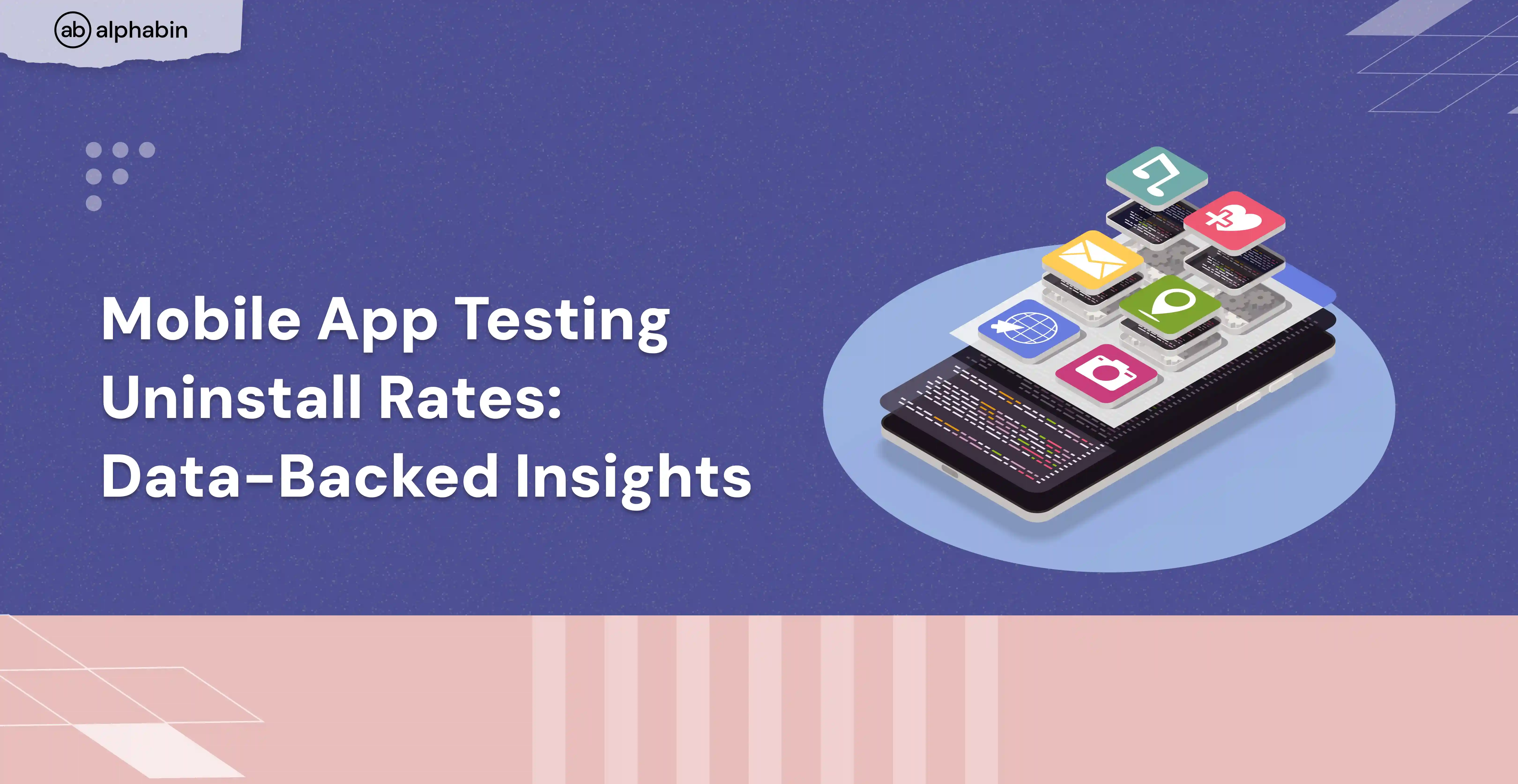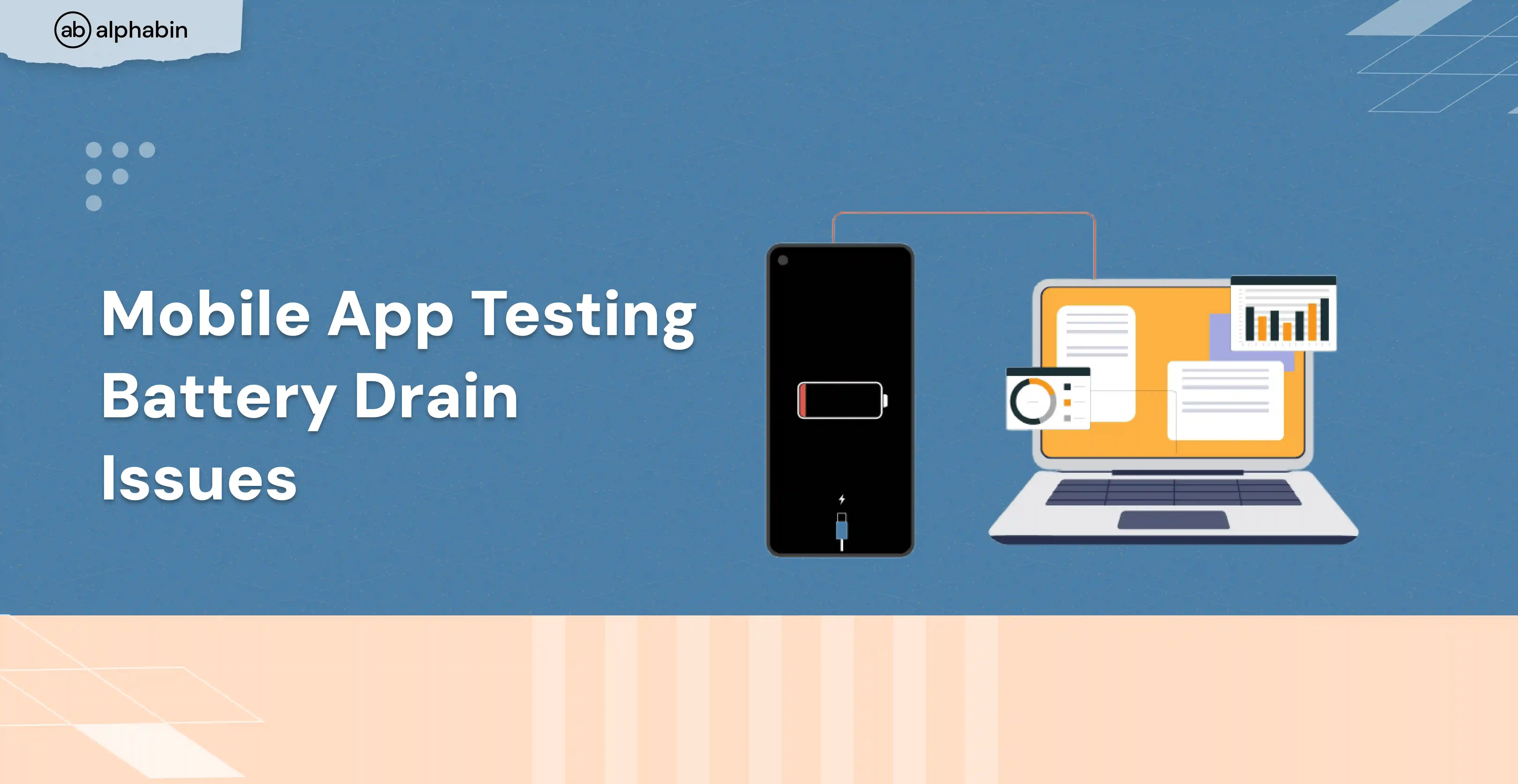Selenium has been a game-changer in web automation testing, evolving significantly from Selenium 3 to Selenium 4. These advancements are crucial for testers and developers looking to enhance automation testing efficiency. As one of the most widely used testing frameworks, Selenium powers automation across various industries, helping businesses accelerate their product launches in today’s competitive digital landscape.
Over the years, Selenium has released multiple versions—Selenium 1 (RC), Selenium 2, Selenium 3, and now Selenium 4. With the introduction of the W3C WebDriver protocol, Selenium 4 brings faster, more reliable browser interactions. In this guide, we’ll break down the key differences between Selenium 3 and Selenium 4, helping you understand which version best suits your testing needs.
In the world of Quality Testing, Selenium is a key player.
We also offer a variety of automation testing services. If you're looking for expert assistance, feel free to contact us.
{{cta-image}}
What is Selenium Automation Testing?
Selenium is a widely used automation testing tool that enables seamless web testing across multiple browsers and platforms. It allows testers to create automated scripts that simulate real user interactions—such as clicking buttons, entering text, and verifying page elements.
One of Selenium’s biggest advantages is that it’s open-source, making it a go-to choice for QA professionals and automation engineers. Its robust and flexible features help accelerate the testing process, reducing manual effort while improving accuracy and efficiency.
By automating repetitive tasks, Selenium enhances test coverage, speeds up software releases, and ensures a flawless user experience in web applications.
Key Difference between selenium 3 and selenium 4
We have see the architectural difference between Selenium 3 and Selenium 4 in the in this section. Having a clear understanding of the difference between Selenium 3 and Selenium 4 is essential in order to fully utilize the capabilities of Selenium 4.
The Architecture of Selenium 3
To compare Selenium 3 vs Selenium 4 effectively, it’s essential to understand their underlying architectures. This helps analyze how they function and what sets them apart.
- Selenium 3 Architecture -
Selenium 3 was built on the JSON Wire Protocol, which acted as a communication bridge between Selenium client libraries and browser drivers.
Its architecture consisted of:
- Selenium Client Library / Language Bindings
- JSON Wire Protocol over HTTP
- Browser Drivers
- Browsers
The JSON Wire Protocol enabled communication between the client and server using HTTP (Hypertext Transfer Protocol). It acted as a REST API, allowing data exchange in the form of objects and arrays.
While effective at the time, this architecture had limitations in performance and compatibility, struggling to keep up with modern web applications.
Selenium 3.8 introduced W3C WebDriver Protocol but continued supporting JSON Wire Protocol. However, in Selenium 4, JSON Wire Protocol was completely removed, making the transition to W3C standard mandatory.

The Architecture of Selenium 4
- Selenium 4 Architecture-
Selenium 4 fully adopts the W3C WebDriver Protocol, eliminating the need for the JSON Wire Protocol. This enhances browser compatibility, stability, and debugging capabilities, aligning with modern web standards.
Key Components:
- Selenium Client Library
- W3C WebDriver Protocol
- Browser Drivers & Browsers
With direct WebDriver-to-browser communication, Selenium 4 improves execution speed and reliability, making it the preferred choice for automation testing.
For businesses looking to scale testing, hiring automation testers ensures seamless automation and software quality.

ChromeDriver Handling
- Selenium 3
- Compatibility issues frequently occurred with newer Chrome versions.
- Required manual updates of the ChromeDriver to ensure compatibility, leading to disruptions in testing.
- When initiating the use of ChromeDriver, it often required explicitly specifying the driver's path:
- Selenium 4
- Provides smooth integration with the most recent Chrome releases.
- Simplifies ChromeDriver handling, reducing the need for manual updates and improving compatibility.
- Ensures continuous testing by seamlessly incorporating the latest Chrome versions.
Native Support for DevTools API
- Selenium 3
- Does not have built-in support for the DevTools API.
- Testers need to rely on external libraries or tools to access browser internals.
- Selenium 4
- Introduces native support for the Chrome DevTools Protocol (CDP).
- Allows testers to directly interact with browser features such as network conditions, performance testing metrics, and more.
- Enhances debugging capabilities and allows for more in-depth browser automation.
Example Snippets Using Selenium 4 with CDP:
- Throttle Network Conditions
Creates a slow 3G network environment, helpful for assessing the performance of your application under various network speeds.
- Get Performance Metrics
Gathers different performance indicators from the browser, including load times and script execution times, to pinpoint performance bottlenecks.
- Capture Console Logs
Allows for capturing browser console logs, which is useful for troubleshooting problems on the client-side.
Enhanced Selenium Grid
- Selenium 3
- Traditional selenium Grid architecture.
- Setting up and managing Grid nodes and hubs can be complex.
- Limited support for scalability and parallel test execution.
- Selenium 3 offers parallel testing through Selenium Grid.
- Selenium 4
- Revamped Selenium Grid with improved architecture.
- Easier setup and management of nodes and hubs.
- Better support for parallel test execution, aiding in faster test completion.
- Enhanced scalability and resource management.
Relative Locators
- Selenium 3
- Relies on traditional locators like id, name, className, tagName, linkText, partialLinkText, CSS Selector, and XPATH.
- Element identification may require complex and lengthy locators.
- Selenium 4
- Introduces relative locators (previously known as "Friendly Locators").
- Enables locating elements based on their position relative to other web elements (e.g., toLeftOf, toRightOf, above, below, near).
- Simplifies element identification and makes running test scripts more readable and maintainable.
Let see the examples:
- Right Of
- Left Of
- Above Of
- Below Of
- Near Of
Selenium IDE
- Selenium 3
- Selenium IDE was deprecated and then reintroduced with basic functionalities.
- Limited in terms of advanced features and usability.
- Selenium 4
- Updated Selenium IDE with a more robust and user-friendly interface.
- Enhanced capabilities for recording, editing, and debugging test scripts.
- Features intelligent element selection, auto-completion, and integrated debugging tools.
- Improves productivity and ease of use for testers at all levels.
W2C WebDriver Standard
- Selenium 3
- Partial implementation of the W3C WebDriver standard.
- Some inconsistencies between browser drivers due to varying levels of compliance.
- Selenium 4
- Full compliance with the W3C WebDriver standard.
- Ensures a more consistent and reliable behavior across different browser drivers.
- Facilitates better compatibility and stability in test automation.
{{cta-image-second}}
Improved Documentation and Support
- Selenium 3
- Documentation was sometimes seen as lacking in depth and clarity.
- Testers often had to rely on community forums for troubleshooting.
- Selenium 4
- Offers improved and more comprehensive documentation.
- Includes detailed guides and examples, making it easier for users to understand and implement features.
- Better support from the Selenium community and maintainers.
Enhanced Window and Tab Management
- Selenium 3
- Basic support for managing browser windows and tabs.
- Switching between windows and tabs often required workarounds.
- Selenium 4
- Provides more robust APIs for managing browser windows and tabs.
- Easier to switch between windows and tabs with the new Window and WindowType classes.
- Improved handling of new windows and tabs in test scripts.
Better Browser Driver Management
- Selenium 3
- Users often had to manually download and manage browser drivers.
- Selenium 4
- Integration with WebDriverManager, simplifying the process of downloading and managing browser drivers.
- Automates the setup and management of browser drivers, reducing configuration effort.
New Feature in WebDriver
- Selenium 3
- Limited to existing Selenium WebDriver functionalities.
- Selenium 4
- Adds new WebDriver features like executeAsyncScript for better handling of asynchronous operations.
- Improved support for handling modern web applications with new commands and functionalities.
Compared Selenium 3 VS Selenium 4
Let’s compare how Selenium 3 and Selenium 4 perform in real-world scenarios:
Conclusion
To conclude, the shift from Selenium 3 to Selenium 4 represents a major progression in web automation testing. Testers and developers can take advantage of Selenium 4's enhanced structure, upgraded compatibility, and innovative features. Utilizing Selenium 4 enables teams to make automation testing processes more efficient, improve software quality, and meet business goals more successfully.
It is essential to stay up-to-date with the latest QA software testing services and techniques to make the web testing process more efficient and effective. As web applications grow and get complex, the testing tools also need to be improved. Alphabin always adopted the latest technologies and stayed up-to-date in applying testing methodologies.



.svg)











